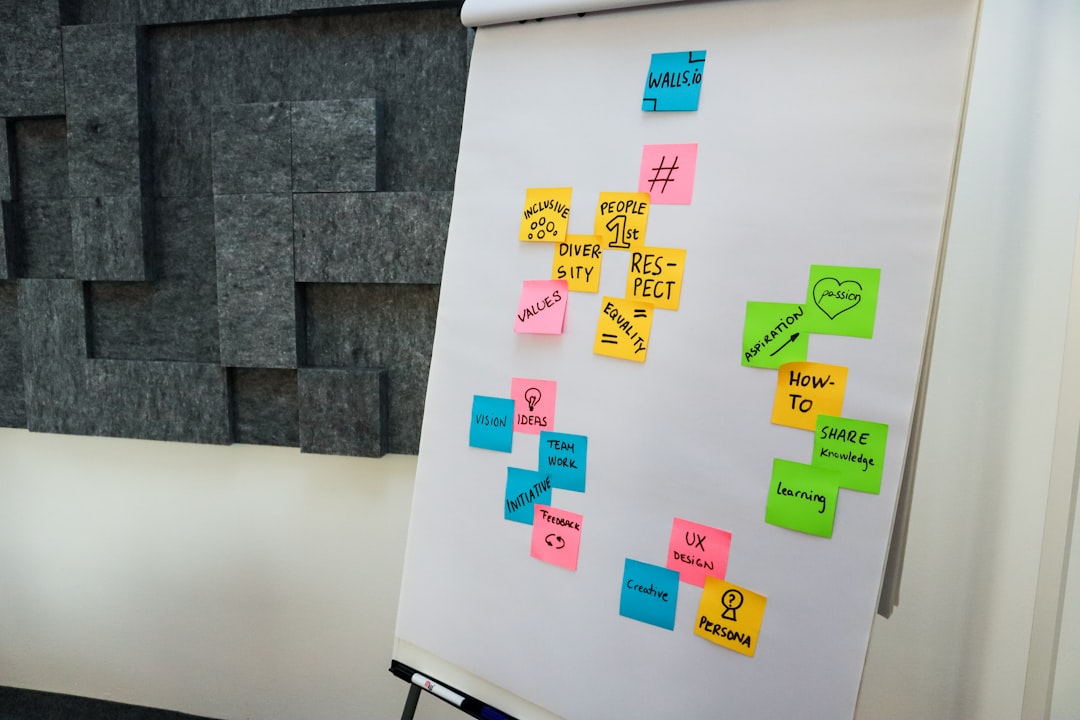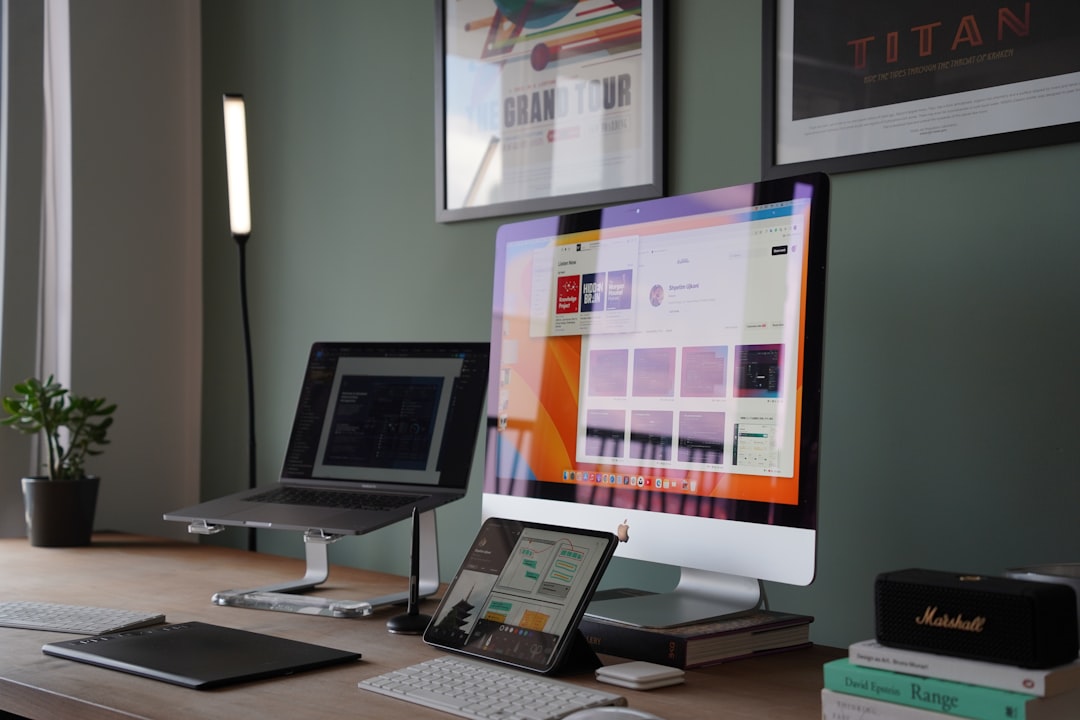Creating a timeline in PowerPoint might sound like a task for a pro designer. But don’t worry—it’s easier than you think! Whether you’re showing the history of your company, a project plan, or your personal life journey, PowerPoint has all the tools you need to make something beautiful and clear. Let’s walk through the whole process together!
Why Use a Timeline?
Before we jump in, let’s talk about why you might want a timeline in your presentation.
- A timeline helps people see a sequence of events clearly.
- It’s great for visual learners!
- It adds style to your slides.
- It’s also super way to tell a story.
Ready to make one?
Step 1: Open PowerPoint
You guessed it—start by opening PowerPoint. Choose a blank slide or any layout that gives you space to work.
Step 2: Choose a Layout
You can use a blank slide to have full control. Or you can use a Title and Content layout if you’d like to add a heading.
Step 3: Insert a SmartArt Graphic
SmartArt is your best friend when it comes to timelines.
- Click on the “Insert” tab in the top menu.
- Choose “SmartArt.”
- A window will pop up—select “Process” on the left.
- Pick a layout that looks timeline-y. “Basic Timeline” and “Circle Accent Timeline” are great options.
- Click “OK.”
You’ll now see a timeline shape appear on your slide. Congrats—you’re on your way!

Step 4: Add Your Events
Now it’s time to tell your story.
- Click inside each shape where it says “Text.”
- Type in your events—dates, titles, or both.
- You can also use the Text Pane (click the little arrow on the left of the graphic) to type your items more easily.
Want more events?
- In the Text Pane, press Enter to add a new bullet.
- Or go to “SmartArt Design” > “Add Shape” to add more items directly on the graphic.
Step 5: Style Your Timeline
This is where the fun begins. Make it yours!
Change Colors
- Select the timeline.
- Click on “SmartArt Design.”
- Then choose “Change Colors.”
- Pick a theme that fits your presentation.
Choose a Different Style
- Still on the “SmartArt Design” tab, try different SmartArt Styles.
- Hover over them to get a preview. Click one you like!

Step 6: Add Icons or Images
Want to jazz things up even more? Add icons or images next to your events!
- Click “Insert” > “Icons” or “Pictures.”
- Pick something that matches your event (like a cake for a birthday or a suitcase for job change).
- Resize and place it near the text.
This makes your timeline pop and keeps your audience interested.
Step 7: Animate Your Timeline
Let’s bring it to life!
- Click on the SmartArt graphic.
- Go to “Animations.”
- Try “Appear,” “Fade,” or “Wipe.”
- Set it so each event appears one at a time (choose “By paragraph” in Effect Options).
This adds rhythm to your presentation.
Step 8: Customize Fonts and Alignment
Fonts and alignment can do wonders for the look.
- Use the “Home” tab to change font size, type, and color.
- Center or align text for better balance.
- Use bold or italics to emphasize key details.
Just don’t go too crazy—or your timeline will look messy.
Step 9: Make It Fit
Got a lot of events crammed into one line? No worries!
You can:
- Split your timeline into multiple slides.
- Use a vertical timeline instead.
- Simplify—keep only the key events.
Sometimes less is more.
Step 10: Save and Share
All done? Nice work!
- Save your PowerPoint file so you don’t lose anything.
- You can also export it as a PDF or image if needed.
- Share it with your team, present at your meeting, or post it online.
Bonus Tip: Don’t Want SmartArt?
SmartArt is handy, but maybe you want more flexibility. You can always build a timeline manually!
Here’s how:
- Draw a line using the “Shapes” tool.
- Place circles or squares for each event.
- Add Text Boxes to label them.
- Use icons, images, or colors to style.
This is great for custom layouts or artistic freedom.
Extra Fun Ideas
Want to go the extra mile?
- Use a background image that matches your theme (like a roadmap or calendar).
- Try using gradient colors for a modern vibe.
- Add a start and end point—like “Then” and “Now.”

Conclusion
There you go! You’ve just learned how to build a great timeline in PowerPoint. It’s not just about throwing dates on a slide. It’s about telling a story, guiding your audience, and making your ideas easy to follow.
Remember these key tips:
- Start with SmartArt for simplicity.
- Customize it to match your style.
- Use animation and icons for extra impact.
- Keep it clean and organized!
Now go make something awesome. Your audience will love it—timeline and all!
